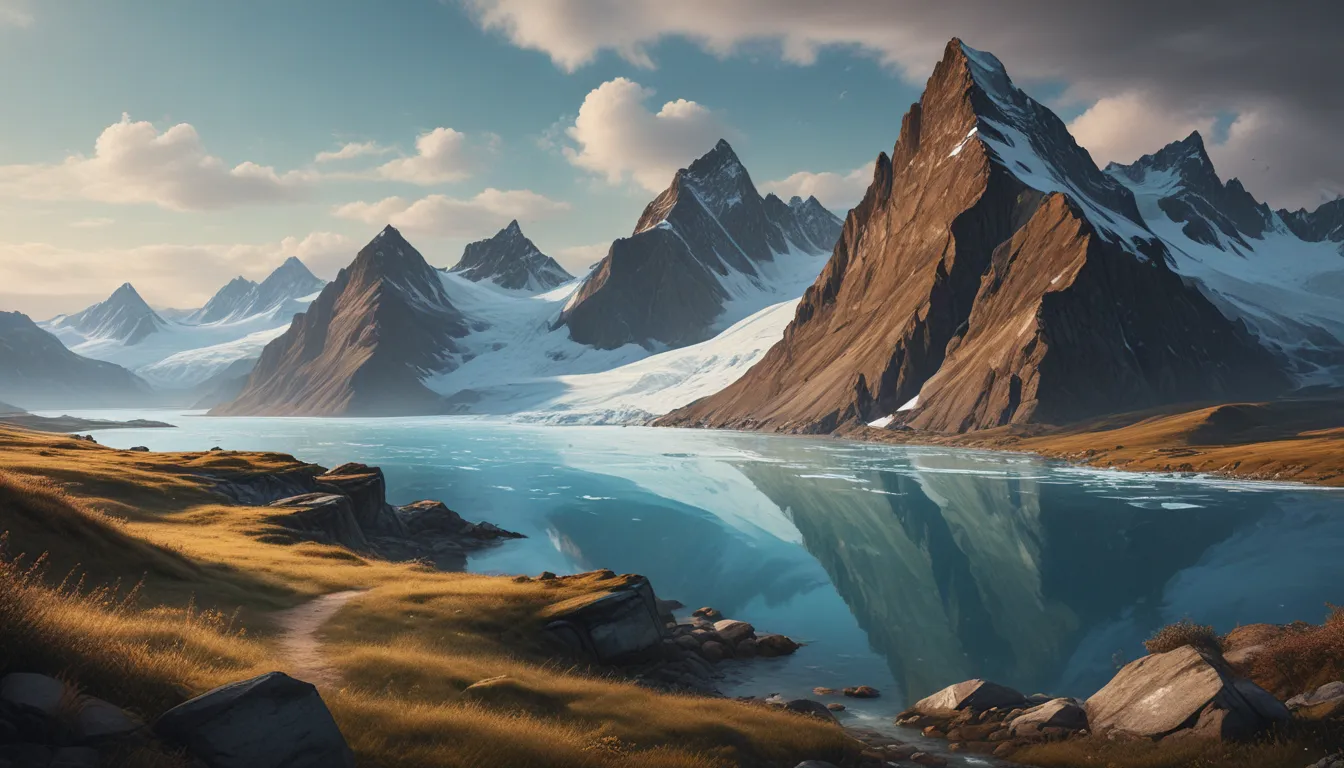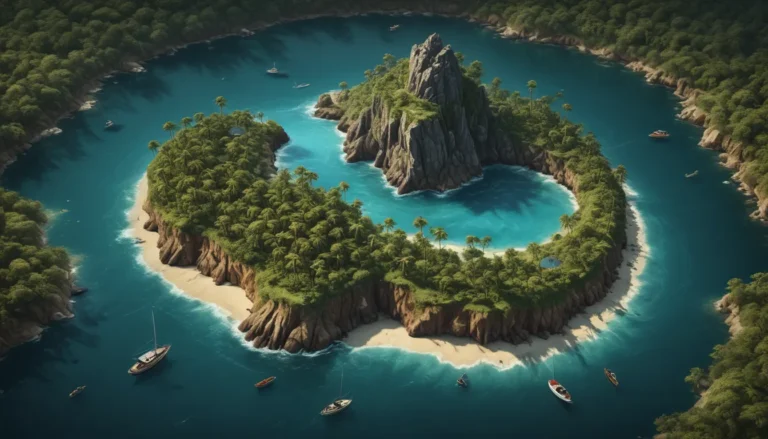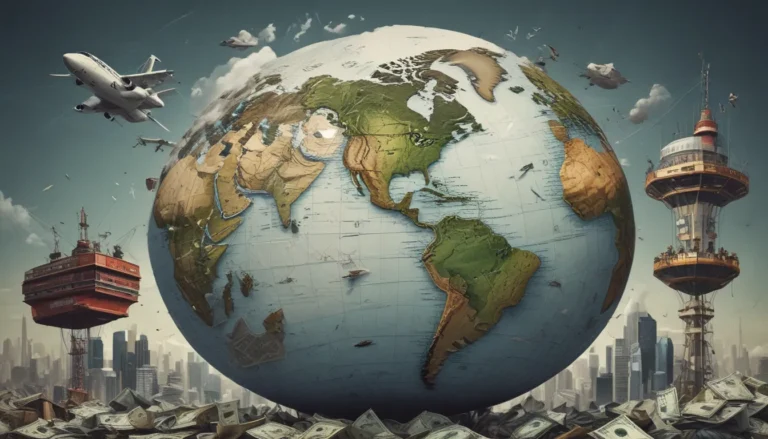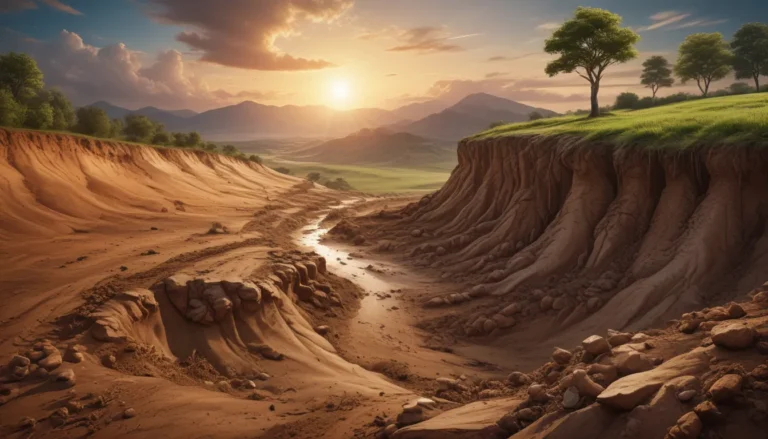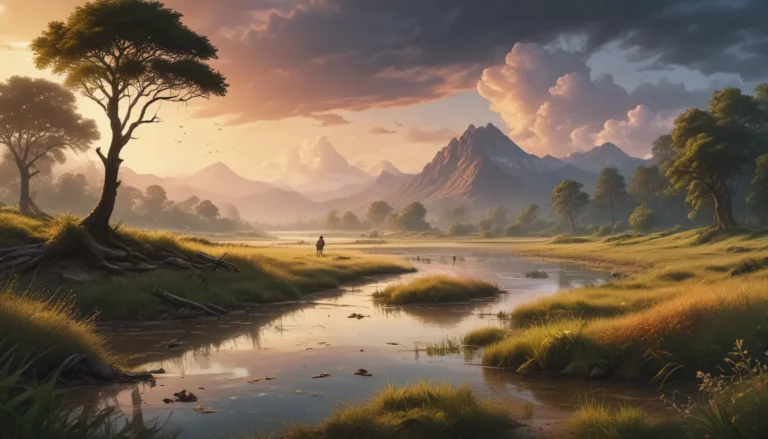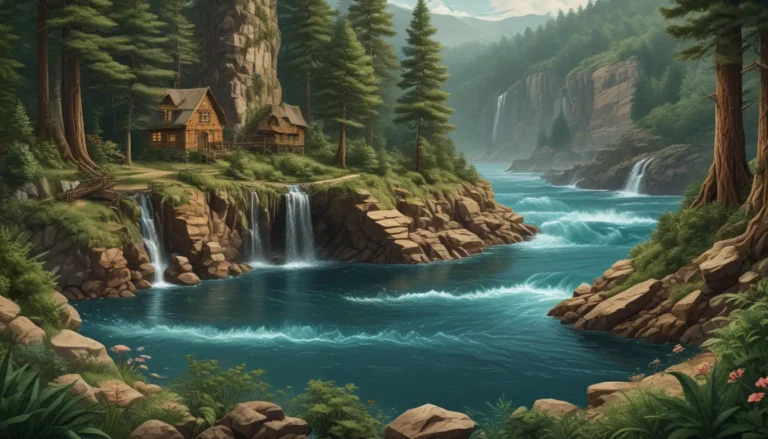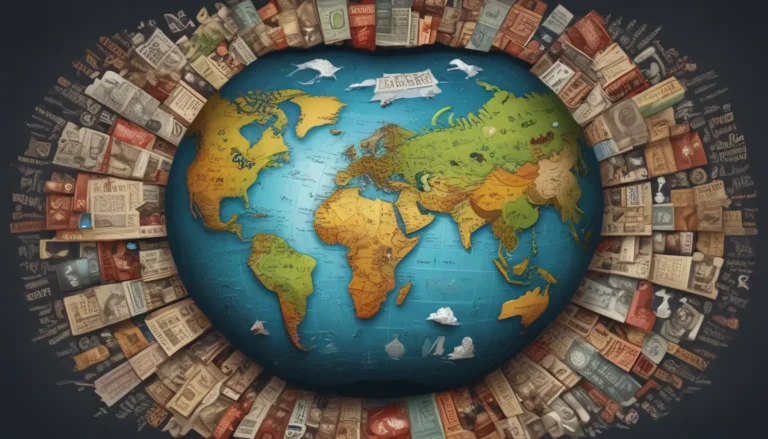A Note About Images: The images used in our articles are for illustration purposes only and may not exactly match the content. They are meant to engage readers, but the text should be relied upon for accurate information.
Glacial landforms are a testament to the majestic power of ice and time, shaping our planet in ways that leave us in awe. From towering peaks to deep valleys, these landforms tell a captivating story of Earth’s dynamic past. In this article, we will delve into the fascinating world of glacial landforms and uncover 18 intriguing facts that will spark your curiosity and appreciation for the wonders of nature.
The World of Glacial Landforms
Glacial landforms, sculpted by glaciers, create breathtaking features like U-shaped valleys and blue ice caves. They play a vital role in shaping Earth’s topography and preserving clues about past climate conditions. Glacial landforms support unique ecosystems and contribute to the formation of essential freshwater resources, providing habitats for diverse species and supplying crucial water sources.
The Making of Glacial Landforms
Glacial landforms are shaped by the movement of glaciers, massive ice formations that slowly erode the landscape and mold it into unique features. These landforms can be found on every continent except Australia, showcasing the diversity of these icy landscapes around the world.
One of the most recognizable glacial landforms is the U-shaped valley, formed as a glacier scours and carves through a V-shaped river valley, resulting in steep sides and a flat or gently sloping bottom. Moraines, piles of debris left behind by glaciers, and glacial erratics, large boulders transported and deposited by glaciers, are just a few examples of the fascinating features created by these powerful natural forces.
The Beauty of Glacial Landforms
Glaciers can create stunningly beautiful blue ice caves due to the compression of air bubbles, resulting in a dense and compact structure that absorbs most colors of light except blue. Fjords, deep glacially-carved valleys filled with seawater, and cirques, amphitheater-shaped depressions carved by glaciers, are also notable examples of the awe-inspiring beauty of glacial landforms.
Eskers, long ridges of sediment deposited by melting glaciers, can stretch for miles across the landscape, showcasing the intricate patterns left behind by these icy giants. Glacial landforms constantly evolve and change, responding to shifts in climate and the movement of glaciers as they carry and transport enormous amounts of sediment, reshaping the land in their wake.
The Significance of Glacial Landforms
Glacial landforms play a crucial role in shaping Earth’s topography, carving valleys, reshaping coastlines, and contributing to the geological diversity of our planet. They provide important clues about past climate conditions, serving as natural archives that preserve valuable information about Earth’s history.
These landforms support unique ecosystems, providing habitats for a wide range of plant and animal species that have adapted to survive in harsh, cold environments. Glacial landforms also contribute to the formation of freshwater resources, releasing vital meltwaters that supply water to ecosystems and human populations.
Exploring Glacial Landforms
The sheer scale and majesty of glacial landforms have captivated human imagination for centuries, inspiring awe and fascination. Whether you’re an adventure enthusiast, a student of geography, or simply someone who appreciates the wonders of the natural world, exploring glacial landforms is a truly captivating experience that offers insights into Earth’s past and present.
In conclusion, glacial landforms are fascinating features shaped by glaciers over thousands of years, offering glimpses into the immense power and beauty of nature. By studying these formations, we gain valuable insights into Earth’s past climate, the effects of climate change, and the shaping of landscapes over time.
FAQs: Exploring Glacial Landforms
-
What causes glacial landforms to form? Glacial landforms are created through the process of glaciation, where glaciers erode, transport, and deposit sediments over time, shaping valleys, moraines, and peaks.
-
Are all glacial landforms the same? No, glacial landforms vary in shape and size, ranging from valleys and cirques to fjords and eskers, each unique based on climate and glacier characteristics.
-
Where can I find glacial landforms? Glacial landforms can be found in regions that have experienced glaciation, from the Swiss Alps to Patagonia, even in areas not currently glaciated.
-
Why is studying glacial landforms significant? Studying glacial landforms helps us understand Earth’s past climate, climate change effects, and landscape formation. It also provides insights into freshwater resources and biodiversity preservation.
-
Can I visit glacial landforms? Absolutely! Many glacial landforms are popular tourist destinations, offering stunning views and unique experiences for those who appreciate the marvels of nature.
Glacial landforms unveil the mysteries of our ever-changing planet, inspiring wonder and appreciation for the forces that shape our world. Explore these captivating features and discover the beauty and power of nature in its most majestic form.
